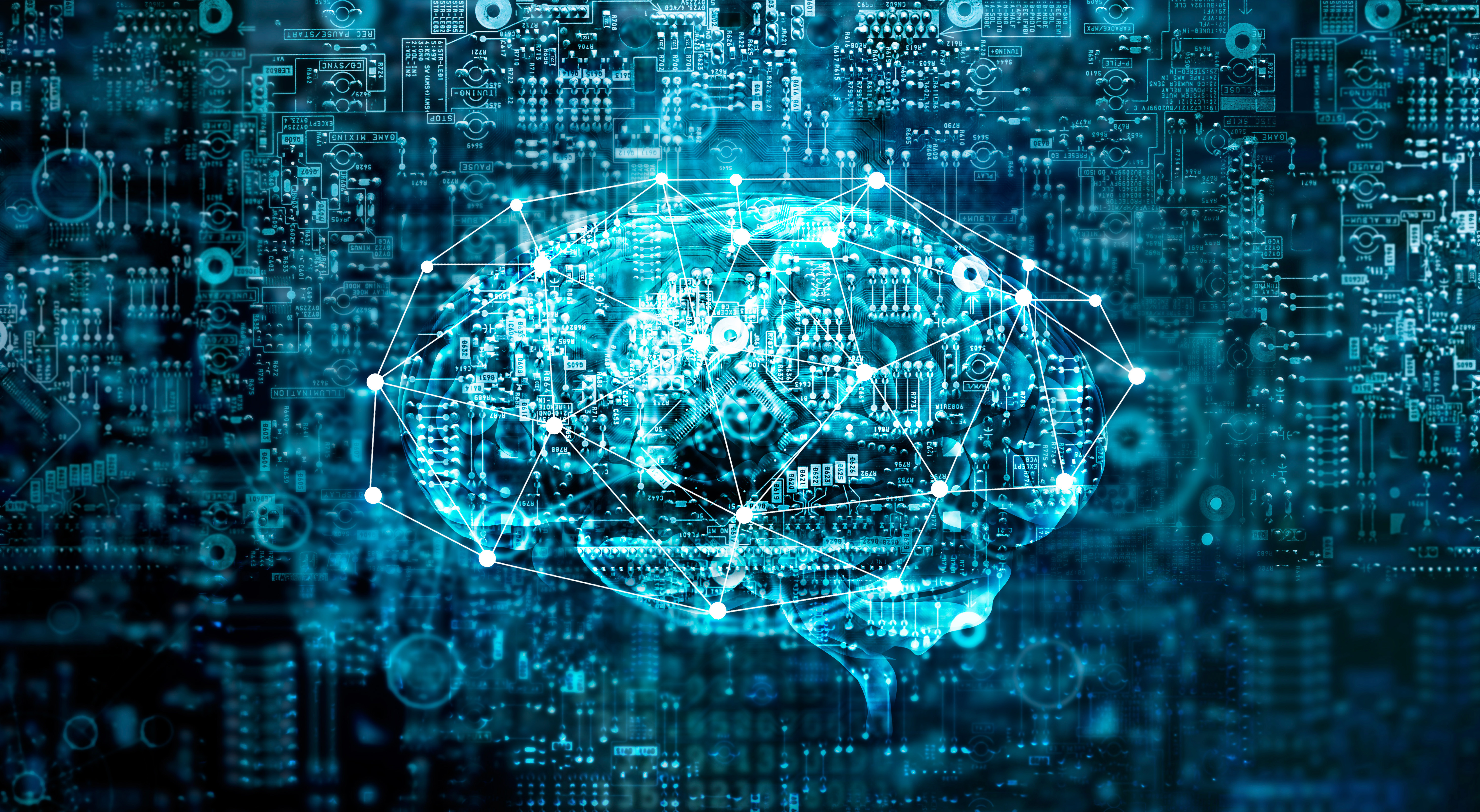We are living in the hype about artificial intelligence (AI) in radiology. Many publications have proven that AI is able to support image analysis with its excellent pattern recognition. It has the potential to augment the radiologist by helping to analyse the increasingly complex data we are confronted with in our daily work. However, to make AI happen in our real radiological life, the following is necessary:
- Ensure that radiology AI systems are sufficiently validated for the local population before used in clinical practice.
- Actively follow ethical principles when AI systems are built, introduced, and used in radiology. In addition, it is important to participate in the discussion on the ethics of AI, as the ESR was able to do with the multi-society paper on the ethics of AI in radiology.
- Train radiologists in AI and data science, at least at some basic level, to enable them to understand how AI systems are constructed, how they work, and how and why errors might arise when using AI. The ESR has introduced AI in the latest edition of the European Training Curriculum, including ethical aspects of AI.
By adopting an active attitude and following these key recommendations, the foreseeable rise of AI will not weaken the radiologist, as feared by some, but rather help to strengthen their function and put radiology at the centre of the future of medicine, which will be data-driven.
Article: Challenges and solutions for introducing artificial intelligence (AI) in daily clinical workflow
Authors: Elmar Kotter & Erik Ranschaert













